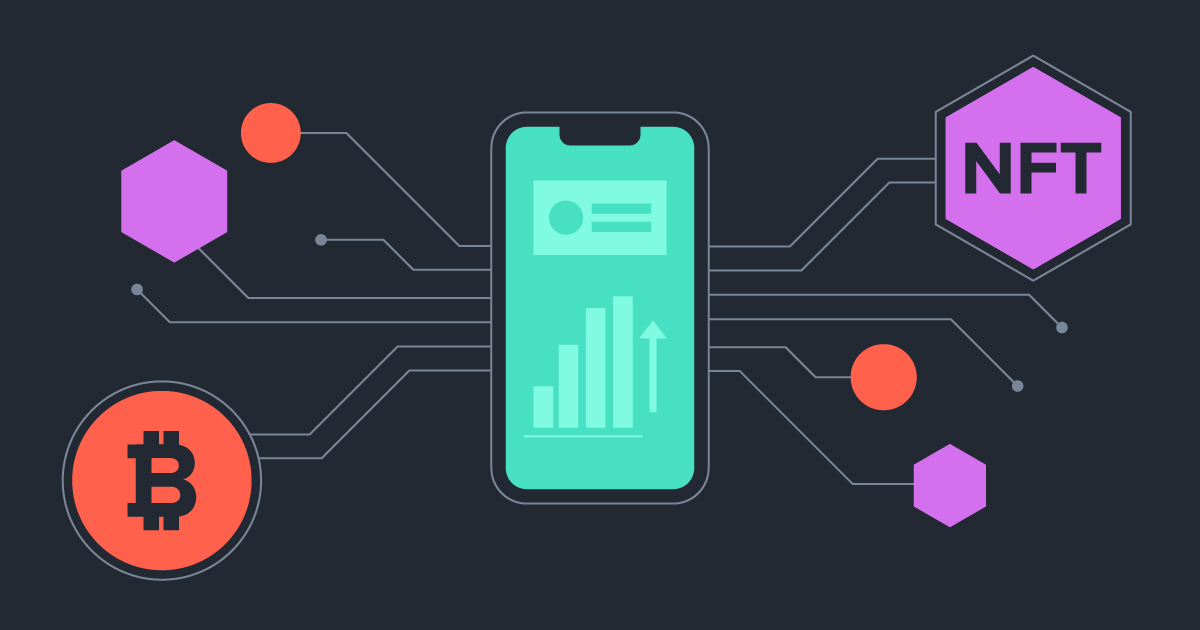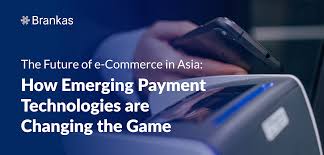The Future of Digital Payments
Digital payments are changing how we exchange money, making transactions faster, easier, and more secure. As technology advances, the future of digital payments looks even more exciting, with new innovations and ideas shaping a world where cash may no longer be necessary. This article will explore the trends, benefits, challenges, and potential future of digital payments in simple language.

What Are Digital Payments?
Digital payments are transactions where money is transferred electronically instead of using cash or checks. Examples include paying with credit or debit cards, mobile wallets like Google Pay or Apple Pay, online banking, and using apps like PayPal or Venmo. These methods allow people to send or receive money instantly with just a few clicks.
Why Are Digital Payments Growing So Quickly?
Several factors are driving the growth of digital payments:
- Convenience: Digital payments are faster and easier than handling cash or writing checks.
- Globalization: Online shopping and international trade need digital payment systems to connect buyers and sellers worldwide.
- Technological Advancements: Smartphones, apps, and internet access have made it easier for people to adopt digital payment methods.
- Safety and Hygiene: The COVID-19 pandemic increased the use of contactless payments to avoid touching cash or payment terminals.
- Government Initiatives: Many countries are promoting cashless economies by encouraging digital payments.
Key Trends Shaping the Future of Digital Payments

-
Contactless Payments
Contactless payments, such as tapping a card or smartphone on a terminal, are becoming more popular. They are faster than traditional methods and ideal for small, everyday transactions. In the future, wearable devices like smartwatches may also play a bigger role in contactless payments. -
Mobile Wallets
Apps like Apple Pay, Google Pay, and Samsung Pay are replacing physical wallets. These digital wallets store payment information securely and allow users to pay using their smartphones. As more people use smartphones, mobile wallets will become a primary payment method. -
Cryptocurrencies and Blockchain
Cryptocurrencies like Bitcoin and Ethereum are becoming more accepted as payment options. They use blockchain technology, which provides a secure and decentralized way to make transactions. While not yet mainstream, they could play a larger role in the future. -
Biometric Authentication
Passwords are being replaced by biometrics like fingerprint scans, facial recognition, or even voice commands. These methods make digital payments safer by ensuring only the authorized user can access their account. -
Artificial Intelligence (AI)
AI is being used to improve digital payments by detecting fraud, personalizing user experiences, and providing smarter customer service. AI-powered chatbots can help users solve payment issues quickly and efficiently. -
Central Bank Digital Currencies (CBDCs)
Many countries are exploring CBDCs, which are digital versions of their national currencies. Unlike cryptocurrencies, CBDCs are issued and regulated by central banks. These could make cross-border payments faster and more accessible.
Real-Time Payments.
Real-time payment systems allow money to be transferred instantly, 24/7. This is especially useful for businesses, as it ensures faster transactions and better cash flow.

Benefits of Digital Payments
-
Speed and Efficiency
Digital payments happen instantly, eliminating the need to wait for cash or checks to clear. This makes them perfect for online shopping and bill payments. -
Convenience
With digital payments, you can pay bills, transfer money, or shop online from anywhere in the world using your smartphone or computer. -
Security
Modern payment systems use encryption and secure servers to protect users' information. Biometric authentication adds an extra layer of safety. -
Cost Savings
Businesses save money by reducing the need for physical cash handling, which can be expensive and time-consuming.
Financial Inclusion
Digital payments allow people without access to traditional banking services to participate in the economy. Mobile payment platforms can reach remote areas and underserved populations.

Challenges Facing Digital Payments
-
Cybersecurity Risks
As digital payments grow, so do the risks of hacking, fraud, and phishing attacks. Businesses and individuals must stay vigilant to protect their accounts and data. -
Privacy Concerns
Digital payments often involve sharing personal information, raising concerns about how this data is stored and used by companies. -
Digital Divide
Not everyone has access to smartphones or the internet, especially in developing countries. This limits the reach of digital payments. -
Over-Reliance on Technology
If systems fail due to technical glitches, power outages, or cyberattacks, people may not be able to complete transactions.
Regulatory Issues
Governments and financial institutions are still figuring out how to regulate new payment methods like cryptocurrencies and CBDCs.

What Does the Future Hold?
-
A Cashless Society
In the future, we might see societies where cash is no longer used. Countries like Sweden and China are already moving toward this model, with most transactions happening digitally. -
Seamless Payments
Payments will become even more integrated into our daily lives. For example, smart appliances could order and pay for groceries automatically when supplies run low. -
Global Connectivity
Cross-border payments will become faster and more affordable, breaking down barriers between countries and enabling global trade. -
Eco-Friendly Solutions
Digital payments reduce the need for printing money and producing coins, contributing to environmental sustainability. -
Personalized Financial Services
AI will allow financial institutions to offer personalized payment solutions based on a user's spending habits and preferences.

Conclusion.
The future of digital payments is bright and full of potential. With advancements in technology and a global push toward cashless economies, digital payments will continue to make our lives easier, safer, and more connected. However, addressing challenges like cybersecurity risks and ensuring equal access to technology will be essential to building an inclusive and sustainable payment ecosystem.
As we move forward, one thing is certain: digital payments are here to stay, and they will play a major role in shaping the economy of tomorrow.


You must be logged in to post a comment.